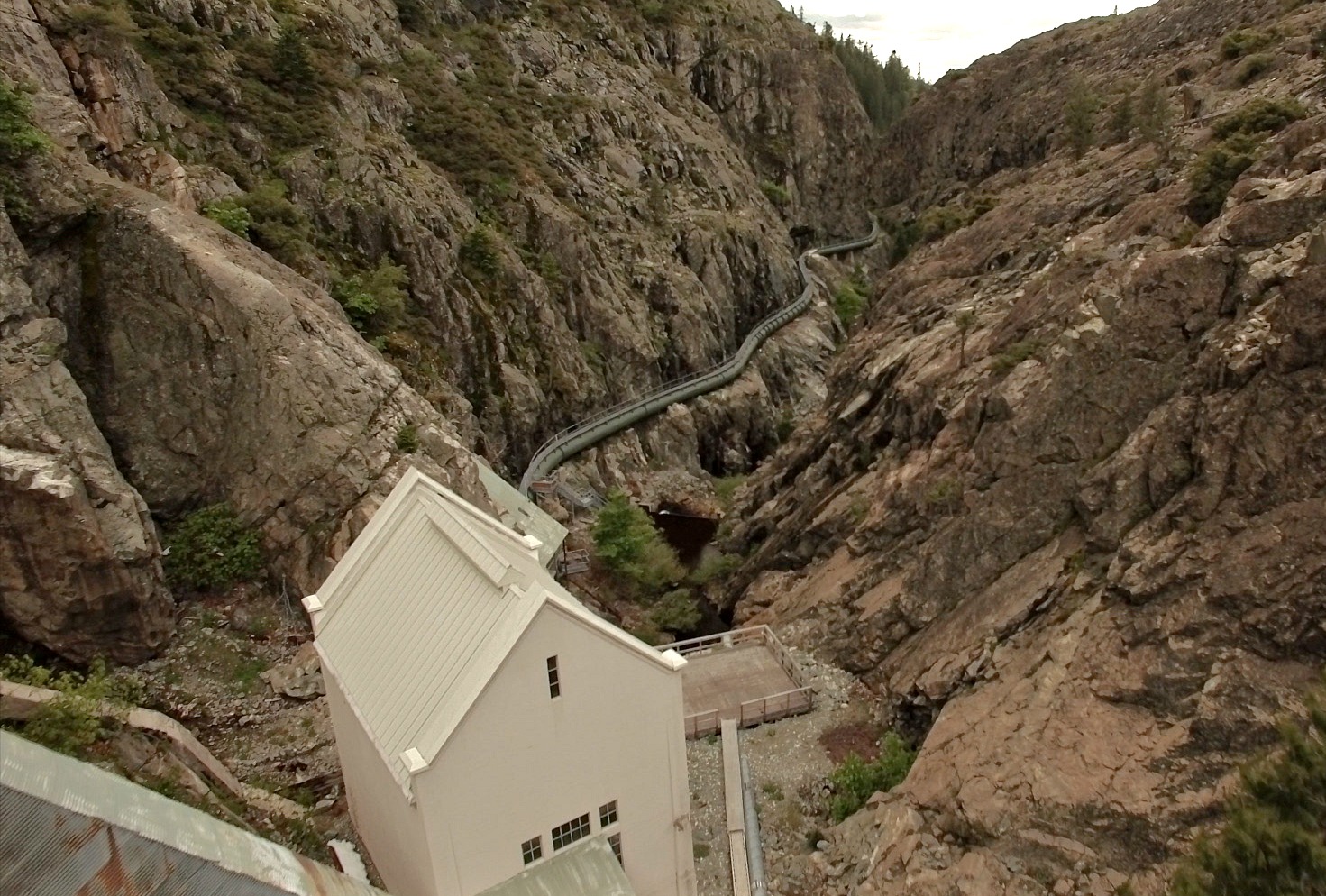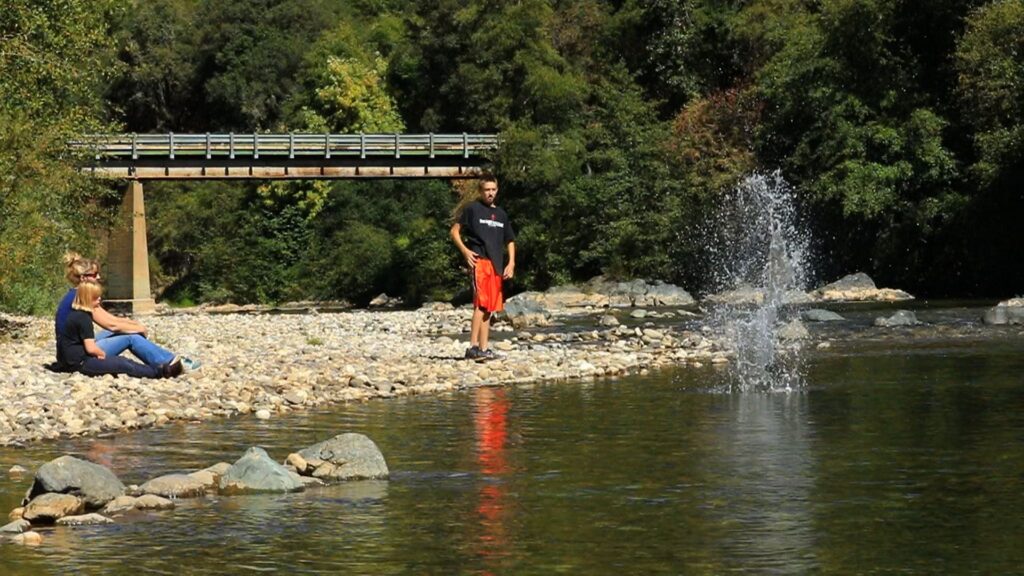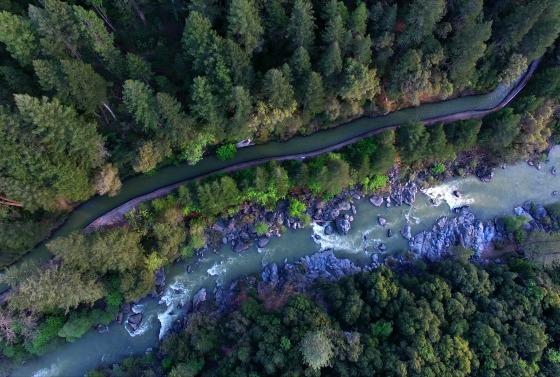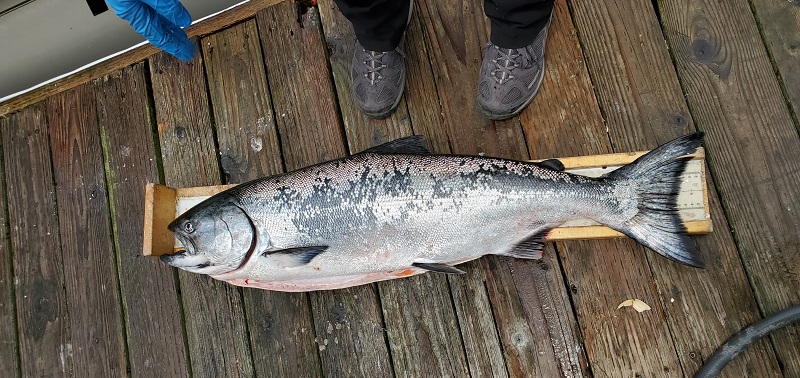Centennial Dam Puts Too Much at Risk — Seek Alternatives
Conservation Groups to Army Corps:
“Centennial Dam Puts Too Much at Risk – Seek Alternatives”
The Foothills Water Network (FWN), a coalition of conservation and recreation organizations, submitted a joint letter to the U.S. Army Corps of Engineers on Monday detailing an extensive list of actions and strategies which, when bundled together, would eliminate the need for the Nevada Irrigation District (NID) to build a major new dam on the Bear River.
NID has wanted to build a dam at this site since the 1920s, and it has resurrected plans to build Centennial – a new 110,000 acre-foot reservoir with a 275 foot-tall dam. It would inundate six miles of the Bear River, completely flooding the Bear River Campground, more than 25 homes and 120 parcels, and Dog Bar Bridge, the only crossing of the Bear River between Highway 49 and Highway 174.
The Bear River has been named one of America’s Most Endangered Rivers® by American Rivers because Centennial Dam would “irreparably harm the river’s fish and wildlife, recreation and Native American heritage.”
To date, NID has spent more than $7 million planning Centennial Dam, which is now going through the environmental review process. FWN is concerned that the proposed dam will have significant environmental impacts on the Bear and Yuba River watersheds and surrounding communities.
The Army Corps must conduct an environmental review before they can issue a permit to allow construction of Centennial Dam in a navigable waterway like the Bear River. The Army Corps is preparing a Draft Environmental Impact Statement (DEIS) in compliance with the National Environmental Policy Act (NEPA). The DEIS is expected to be released in January 2018.
“For the Army Corps to issue a permit to NID, they must find that the dam is the ‘least environmentally damaging practicable alternative.’ Our letter documents that without a doubt, there are many actions that NID can take to meet our community’s water needs without a billion-dollar new dam,” said Otis Wollan, President of the American Rivers Watershed Institute.

“New dams should be the last alternative considered, not the first. As we’ve seen with Oroville Dam and with NID’s own canal system, fixing aging infrastructure should come first – for public safety as well as for water conservation,” said Caleb Dardick, Executive Director of the South Yuba River Citizens League.
“NID needs a reliable future water source to meet its stated goals to serve projected growth and provide drought and climate change mitigations. NID needs to develop this supply from proven water conservation and system management alternatives, without the expense and damage of the Centennial Dam,” said former Nevada County Supervisor Peter Van Zant.
FWN requests that the Army Corps’ DEIS also study the project’s impacts on the historic and cultural resources in this stretch of the Bear River.
“The Bear River is an important piece of Nisenan culture both today and in our long, rich history. The Gold Rush era completely changed our waterways and we cherish this last wild and free-flowing stretch of water,” said Shelly Covert, spokesperson of the Nevada City Rancheria Tribal Council. “To flood this landscape is to further erase the Nisenan culture from the land; we can’t face that again.”

The Army Corps must disclose how private property rights will be impacted since 25 homes and 120 parcels will be inundated by Centennial Dam.
“Centennial has already placed a cloud over the value of our home where we have lived for 16 years and raised our two children,” said Andy Dooley-Miller.
FWN is concerned that the cumulative impacts of the project may harm the greater Colfax area if valued recreational opportunities are eliminated. For example, the heavily used Bear River Campground and free Day Use area will be lost if the dam is built.
“Colfax stands to lose a long-time financial and recreational asset in the Bear River and its public camping sites if Centennial Reservoir is built, and that seems to be of little, if any, concern to NID,” said Colfax City Councilman Will Stockwin.
While approximately 80% of NID water serves agricultural customers, local small farmers are worried that agriculture may not benefit from the dam if NID sells water out of the district to fund the construction of the project, which was originally estimated to cost $160 million. NID now concedes the project will cost at least $500 million; some experts say it could cost as much as $1 billon with financing.
“As this billion-dollar dam supplies new subdivisions in the Lincoln area, it will have to continue supplying these new homes with water in perpetuity. In drought years, agriculture will have to cut supplies due to these new contracts. This new dam doesn’t pencil out for farmers,” said Mike Pasner, owner of Indian Springs Organic Farm.
This controversial proposal has generated great public interest. More than 500 concerned citizens attended the Army Corps’ two scoping meetings in Auburn and Grass Valley on March 1st and 2nd.
FWN’s comment letter describes a suite of water supply investments and conservation strategies that should be studied as alternatives to Centennial, as well as a variety of ecosystem, wildlife, social, cultural, and economic impacts that must be considered in the draft EIS. Signed by 24 stakeholders, including conservation groups and local landowners, the document can be downloaded below.
While NID presents Centennial as a “done deal,” the Foothills Water Network urges the community to challenge the water agency’s proposal by signing up to get educated and engaged at www.DamWatchdog.org.
About the Foothills Water Network:
The Foothills Water Network represents a broad group of non-governmental organizations and water resource stakeholders in the Yuba River, Bear River, and American River watersheds. The overall goal of the Foothills Water Network is to provide a forum that increases the effectiveness of non-profit conservation organizations to achieve river and watershed restoration and protection benefits for the Yuba, Bear, and American rivers.
Did you enjoy this post?
Get new SYRCL articles delivered to your inbox by subscribing to our ENews.



